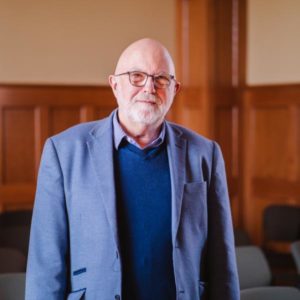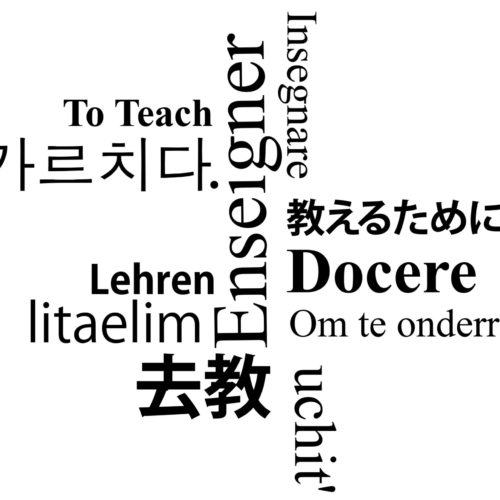Innovative Teaching During COVID-19 Series: David Lawton
The Center for Teaching and Learning is highlighting innovative work done by faculty at Washington University in St. Louis during the Spring 2020 semester at the height of the coronavirus pandemic as part of a new web series. Our latest Q&A features David Lawton, Professor of English in the College of Arts & Sciences.
 What courses did you teach during the spring, and how did you adapt them?
What courses did you teach during the spring, and how did you adapt them?
I had two courses, and they were quite different from each other: the first a 200-level survey course, Early Texts and Contexts; the second a writing intensive course containing mostly graduating seniors with three or four highly motivated juniors. Its subject, The Body in Pain, made for a very different sort of class from the survey, or from most of our classes. Given this difference, I adopted different solutions.
In the Pain class we mixed asynchronous components (discussion board, work with individual students on their portfolios) with one synchronous meeting per week on Zoom. I thought the combination worked well. Though discussions in class had been excellent and it was hard to keep the spontaneity, individual voices were heard at times more clearly (in every Zoom session we basically went round the room before entering open discussion).
In the survey course, I reduced the number of texts to be read, scrapped an exam-style final, and recorded a weekly lecture of 20-30 minutes. Each week there was a short assignment with specific questions on the text we all read, always due at the weekend, and I got back to each student with comments on these within 24 hours. As always, I worked individually with each student on their final essay. We had a final Zoom meeting. Apart from this, the survey course was asynchronous, and probably needed to be so, given time differences and bad internet connections. Nobody dropped, everyone did the work, and I felt we kept a common purpose and focus.
How will you adapt these courses for the fall semester?
If I teach online in the fall, the two courses then are again very different from either of these and from each other, and so will need different bespoke solutions. I learned in online spring to keep very active individual connections with all students, and to incorporate feedback promptly as it came. I think that will be even more important without the foundation of classroom work if that’s how fall pans out. But if I’m in the classroom in fall, I shall still keep active online, and apply what I learned in spring: being intellectually active, caring and flexible.
How did you find online teaching?
I did not at all share the experience of friends online who found it soulless or depressing. On the contrary, I found it unexpectedly productive and challenging, and it brought me into closer intellectual contact with individual students than much recent classroom teaching has done. I worked hard, and it was thoroughly worthwhile.
I taught Early Texts mainly asynchronously, recording weekly talks and with one live session toward the end. A response paper per week elicited excellent writing, and my feedback on these kept me in touch with each student – on Zoom or Skype for those who wanted it, by email for those who preferred a cooler experience. Student feedback on the move online was positive: I think they appreciated the flexibility and found the weekly structure both manageable and productive.
What were some of the challenges of online teaching?
The Pain course was of course right for the times, and the students rose a level in their writing through their experience of disorientation and anxiety. The work of no fewer than seven of the 15 students was among the best I’ve ever read at WU. This course was mainly synchronous, with a discussion board and small group work. Live Zoom sessions ensured that all voices were heard, better often than with the same group in the classroom. Yet the classroom work had been intensive, and it was harder to maintain the camaraderie of the whole group online. Keeping good, regular connection with students individually compensated for this loss, but could not match the spontaneity or pressure of group discussion.
What are you most proud of from your semester of online teaching?
In both courses, all but one or two students stayed in the loop and focused, and all came through by the end. I feel I got to know them individually better than in the classroom or my office, but of course that depended on knowing them already and is not a prescription for online courses. But I will keep an online thread in all my courses from now on; and in some respects, I feel re-energized as a teacher from these difficult weeks.




